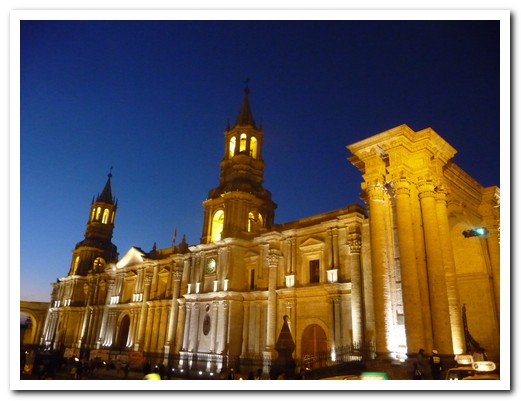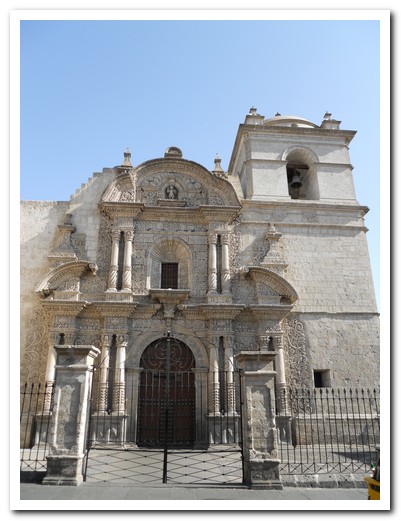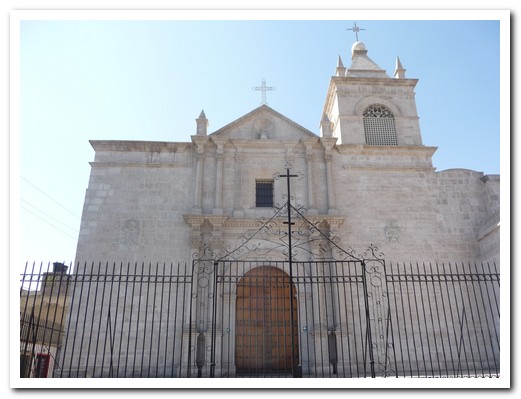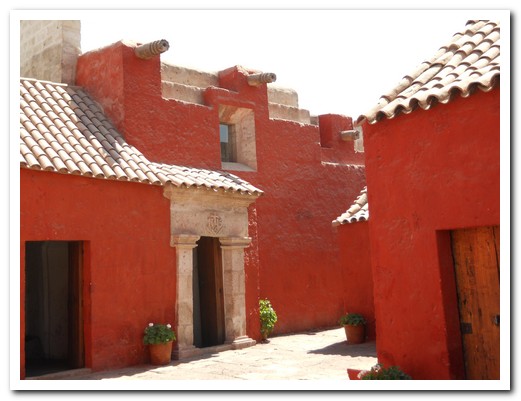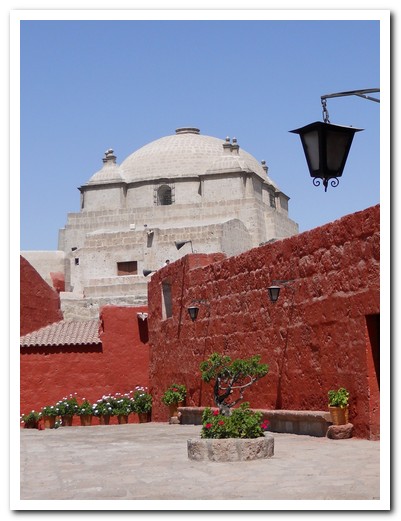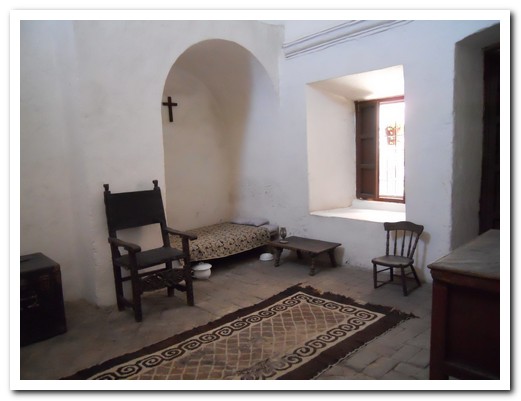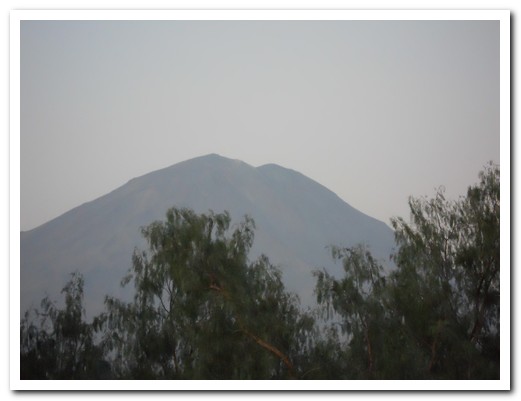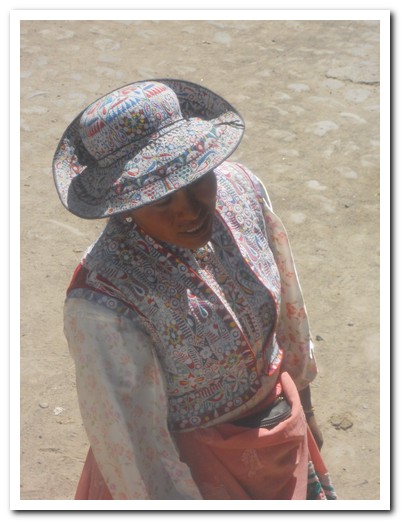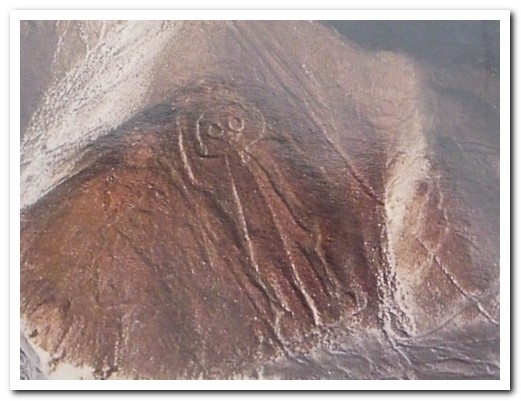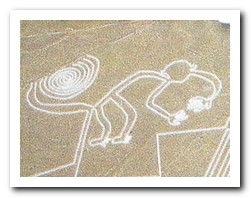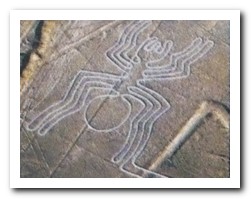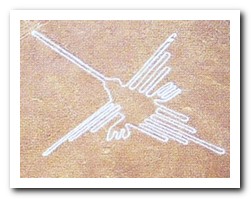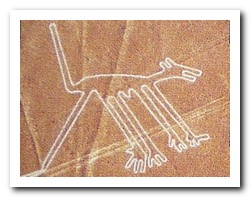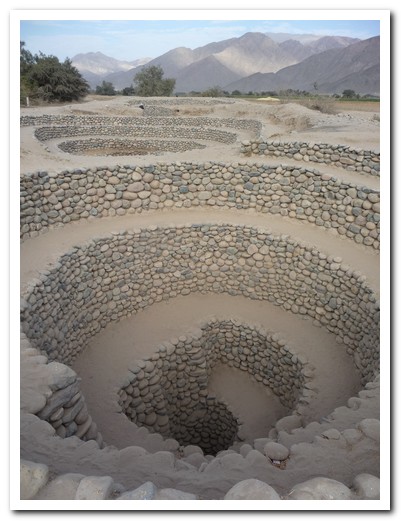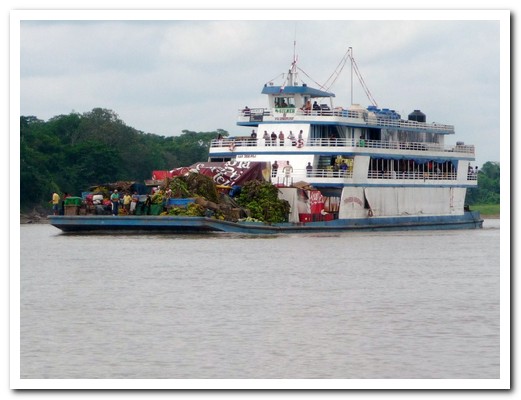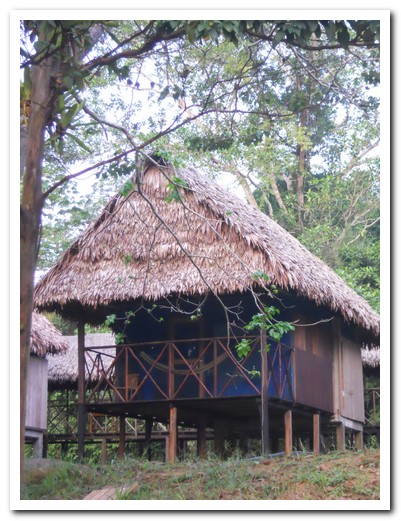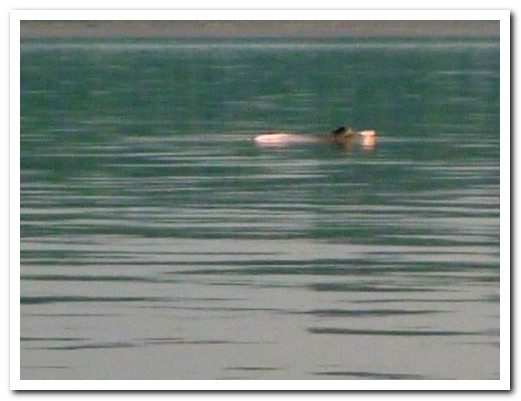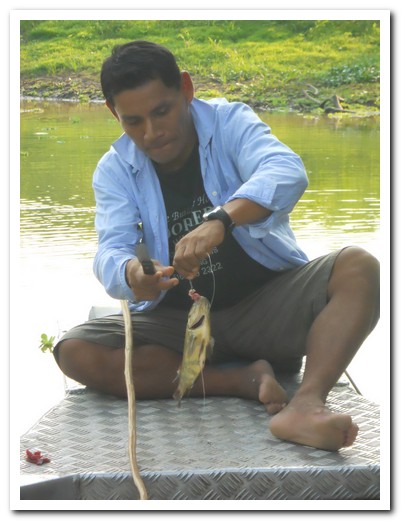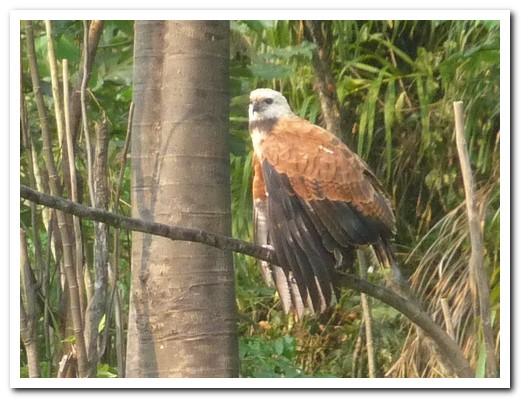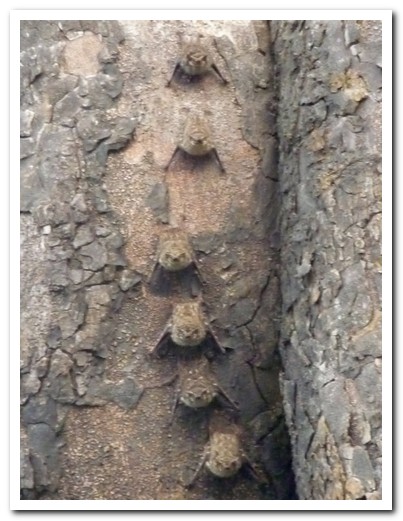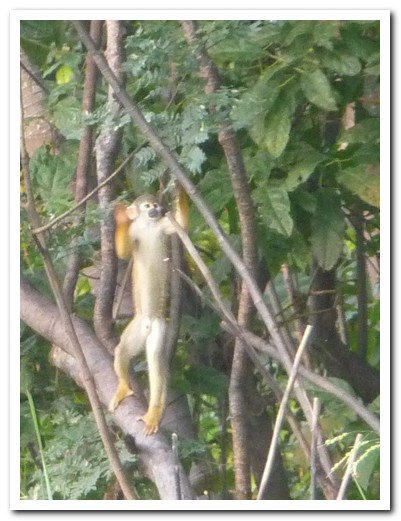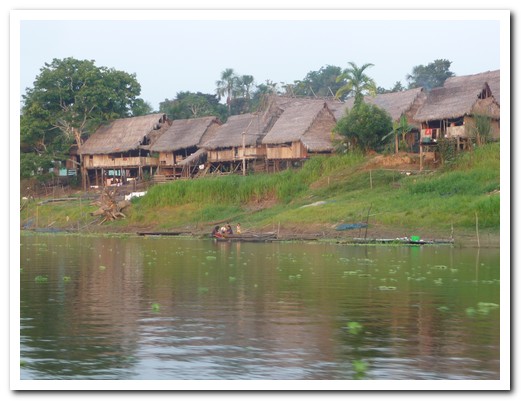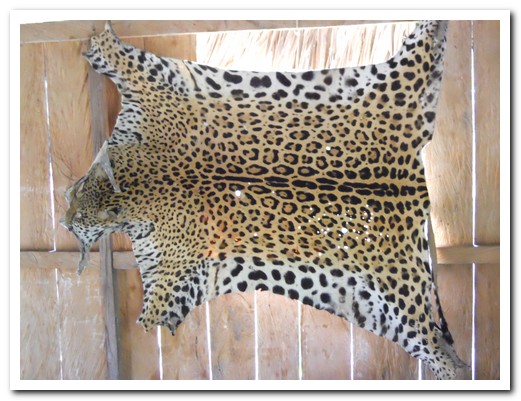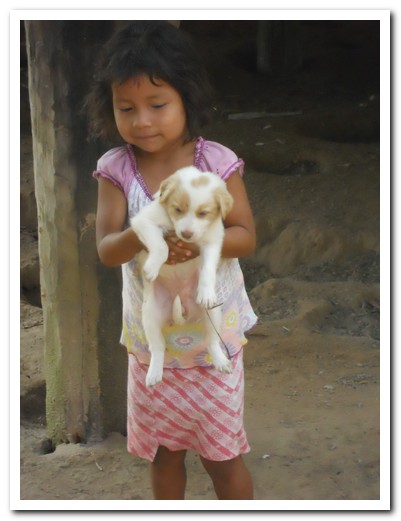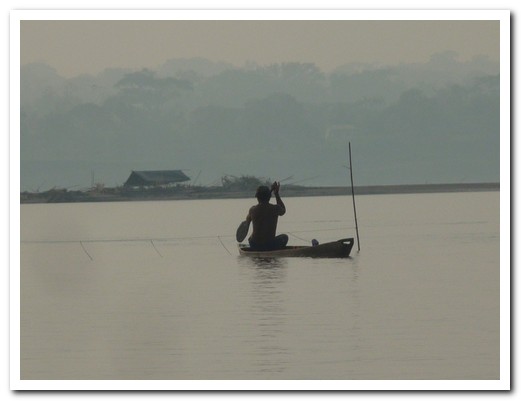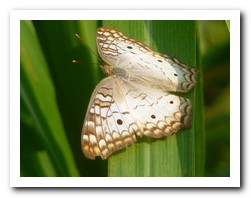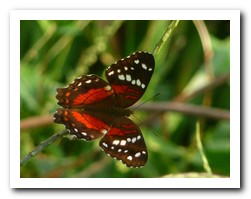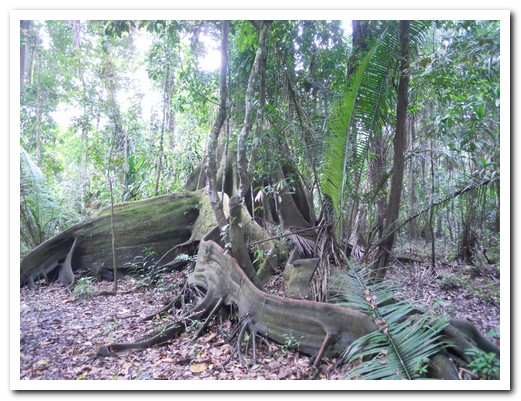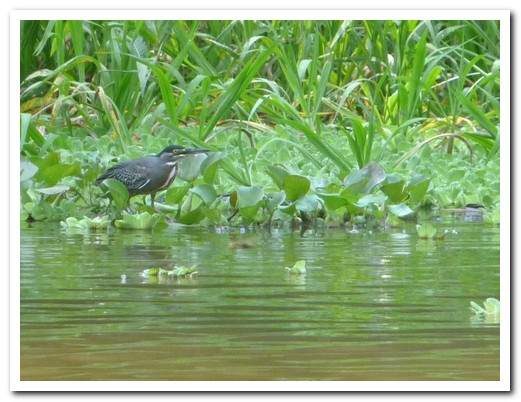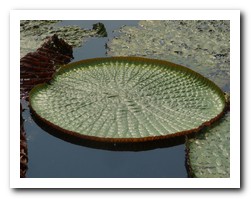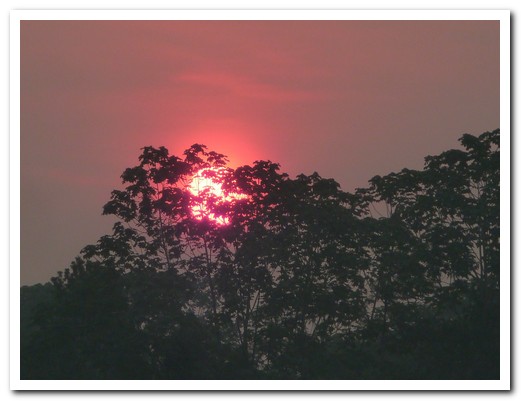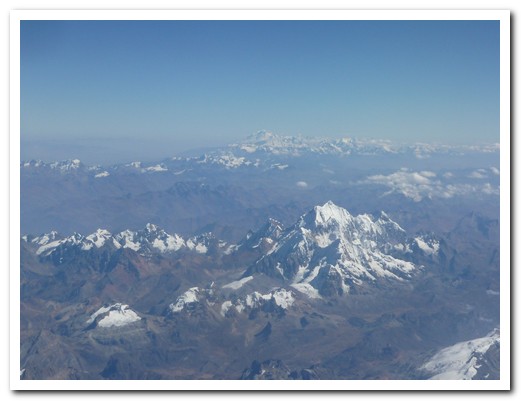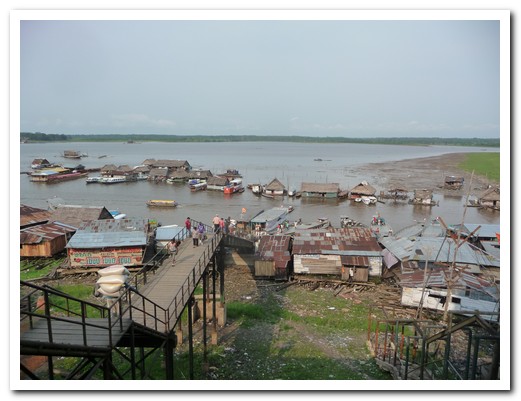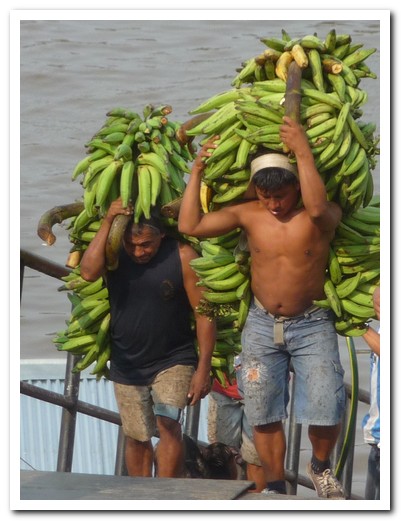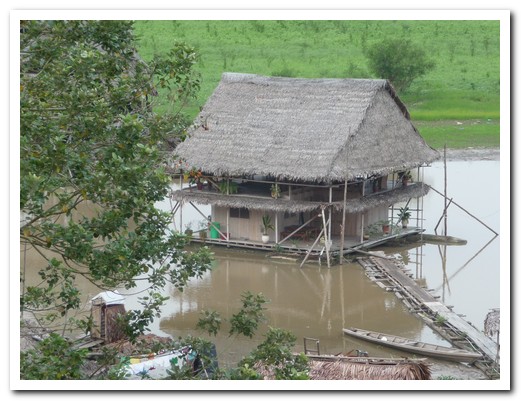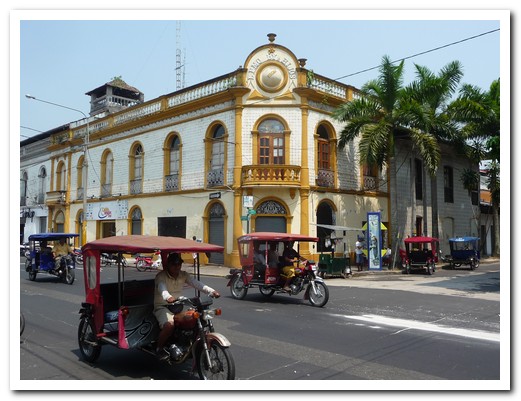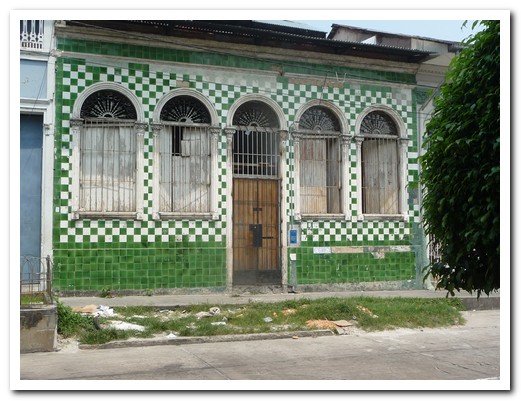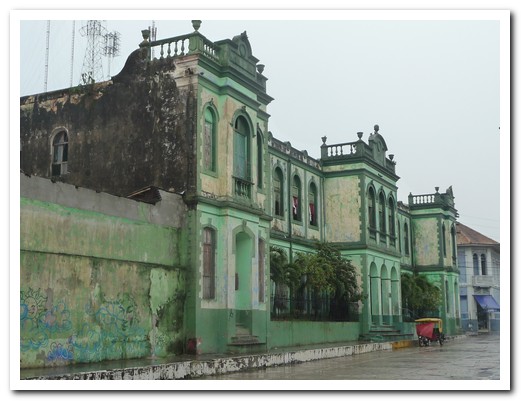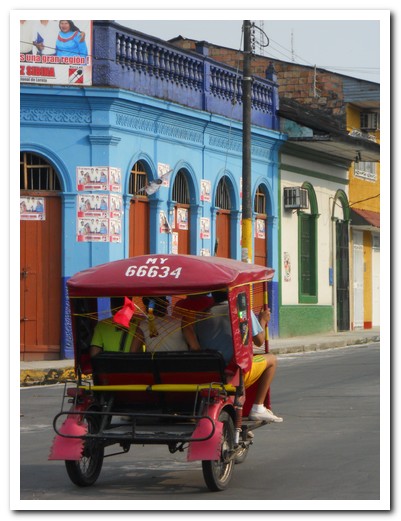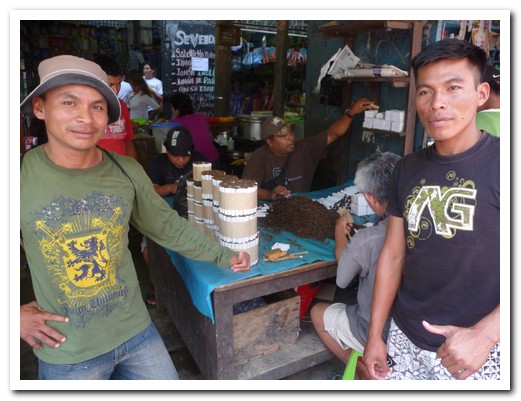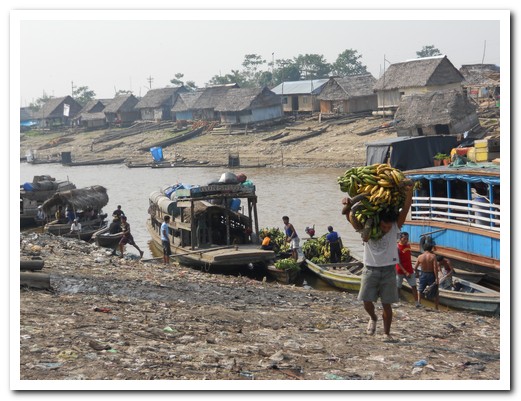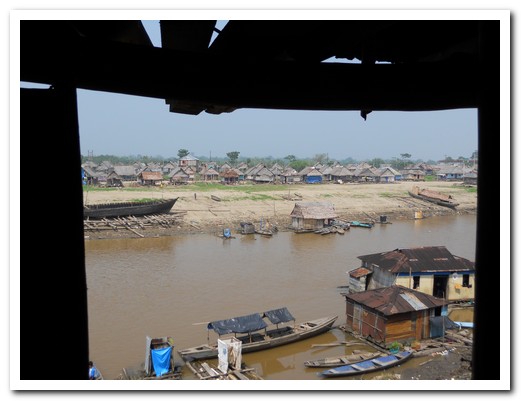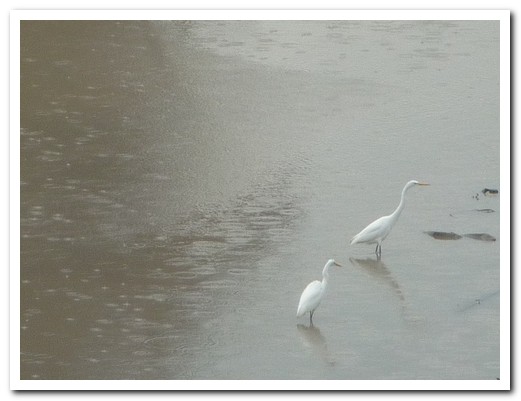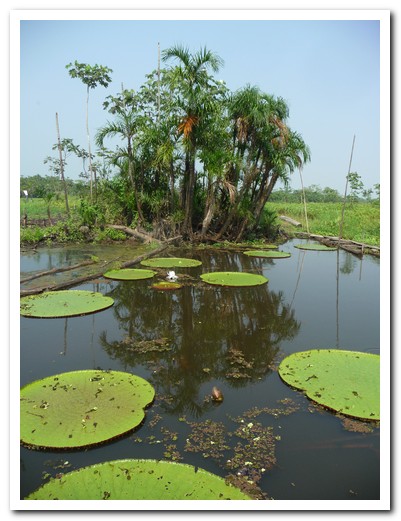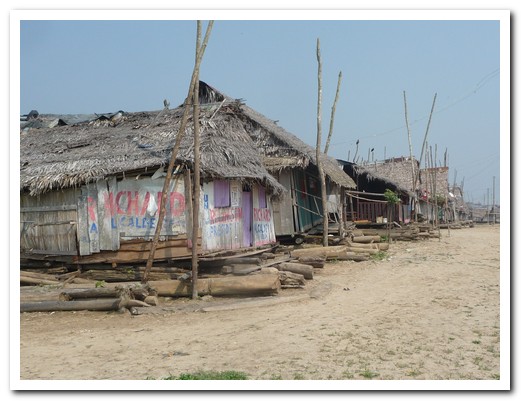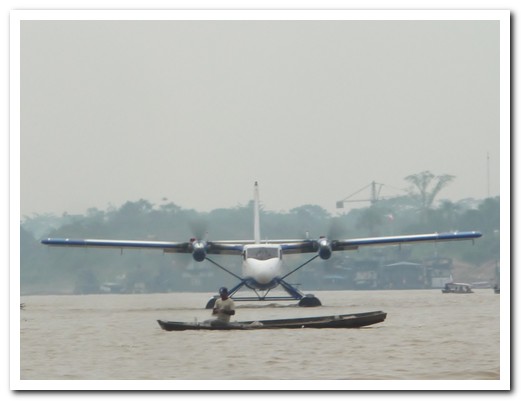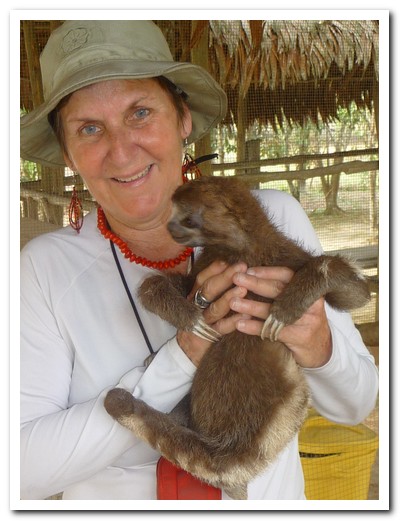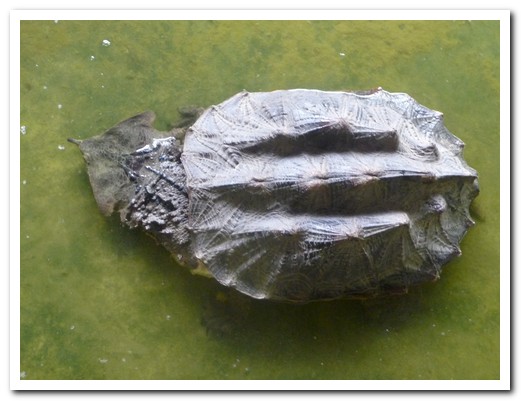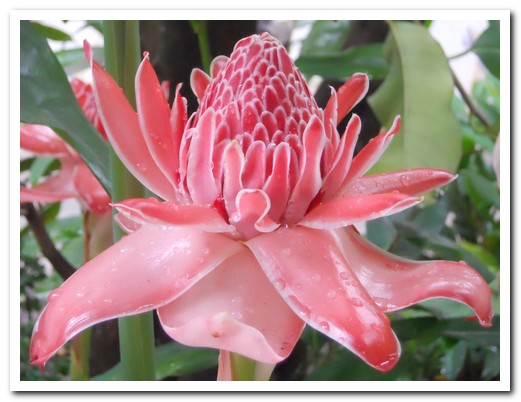Categories
- Argentina
- Chile
- Antarctica
- Easter Island
- Falklands (Malvinas)
- Bolivia
- Peru
- Uruguay
- Paraguay
- Brazil
- Venezuela
- Colombia
- Ecuador
- Galapagos
- Panama
- Costa Rica
- Cuba
- Nicaragua
- Honduras
- El Salvador
- Guatemala
- Belize
- Mexico
- Latin American Xmas
Pages
- Street Art of Buenos Aires
- A week in Buenos Aires
- The Jesuit Missions in South America
- Contact Us
- Map of Central America
- First week in Latin America – October 2009
- Home Page
- Map of South America
Archives
- October 2011 (3)
- September 2011 (9)
- August 2011 (10)
- July 2011 (7)
- June 2011 (6)
- May 2011 (11)
- April 2011 (10)
- March 2011 (4)
- February 2011 (5)
- January 2011 (6)
- December 2010 (6)
- November 2010 (4)
- October 2010 (8)
- September 2010 (5)
- August 2010 (7)
- July 2010 (5)
- June 2010 (6)
- May 2010 (6)
- April 2010 (7)
- March 2010 (6)
- February 2010 (9)
- January 2010 (4)
- December 2009 (8)
- November 2009 (5)
- October 2009 (2)
Southern Peru
27th August 2010
Arequipa, dubbed the white city for its many colonial buildings made from light coloured silla volcanic stone, is Peru´s second largest city. It lies in the shadow of 3 volcanos. Santa Catalina de Siena Convent, a city within the city of Arequipa remained closed to the public for 391 years until it was opened in 1970. 30 nuns from 18 to 90 years old remain. We tried Rocotto Relleno, a Peruvian dish of red peppers stuffed with a mixture of minced meat, raisins and nuts (riquísimo).
.
Nearby Colca Canyon at 3191 metres is twice the depth of the Grand Canyon. A patchwork of terraced fields dating from 400 AD lines both sides and condors soar high on the thermals. There are many hiking opportunities between traditional villages. The women wear bright, intricately embroidered clothing and hats.
.
Only appreciated from above, the gigantic Nazca Lines are truly awesome. They consist of some 800 lines, 300 geometric figures and 70 plant and animal drawings made by the Nazca people between 900BC and 600AD in the desert sands. The lines were made by removing the sunburnt brown stones leaving the lighter desert sand exposed. Wind keeps the channels clean. Their purpose remains a mystery today. 1600 years ago the Nazcas constructed several kilometres of underground aqueducts to bring water to their fields. Every 6 meters, wells allow access. The aqueducts and wells have survived time and earthquakes to still function perfectly today.
.
We have celebrated 1 year of travelling.
.
Amazon River – Peru
21st August 2010
From Iquitos, a 3 hour boat trip 140 kilometres up the Amazon and then into a smaller tributary bought us to the Muyuna Amazon Lodge for a 4 day stay. The lodge is built from bush materials on the water´s edge, deep in the jungle, and is lit at night by kerosene lamps. Being the dry season, the water level in the river was low, but can rise by 10 metres in the wet, inundating the jungle. The villages along the river banks take advantage of the exposed alluvial soil to grow rice and other crops between June and November.
.
With Clider, our experienced local guide, we explored remote locations by boat and on foot, looking for plants, animals and birds. We had fun fishing, visited Clider´s village, spotted a sloth high in the trees, saw monkeys, tiny bats, pink river dolphins and the giant waterlilies growing to 2 metres across. There was still time to relax in the hammocks and listen to the strange noises all around us.
.
Iquitos
20th August 2010
Iquitos, on the banks of the Amazon River in Peru´s steamy jungle region, can only be reached by boat or plane. The Jesuits established a mission here in 1757 but the indigenous people resisted being converted. We arrived in time for the morning downpour. The city buzzes with moto-taxis. Boats ply the river carrying produce from villages up and down stream. Crumbling mansions stand as reminders of the more prosperous days of the rubber boom in the late 19th century.
.
From early morning, canoes paddle around the floating shantytown of Belén, selling all kinds of jungle goods, including monkeys and turtles dead and alive. We picked up 2 local guides in the Belén market (or they picked us up), Lito (Phone 965835320) and Marlon. They showed us parts of Belén into which we would not have been brave enough to venture. We then went by boat past the floating houses, shops, bars and restaurants, some now high and dry to visit Lito´s own house on stilts, and saw the giant water lilies on the way.
.
In the nearby village of Padre Cocha there is a butterfly farm but unfortunately the butterfly section was closed the day we went. They also have a refuge for local animals which was open.
.
Lima
13th August 2010
Lima, Peru´s capital, was founded in 1535 by the Spaniard Pizarro and became the capital of the Viceroyalty of Peru. In 1991, UNESCO declared the city centre a historical monument. Downtown contains many impressive colonial churches and 19th century houses with stunning balconies as well as lovely plant filled plazas. Lima also boasts the oldest bullring in the Americas and the third oldest in the world.
.
The area around Lima had been inhabited for thousands of years and in the nearby suburb of Miraflores is Huaca Pucllana, a pre Columbian ceremonial complex made from adobe bricks.
.
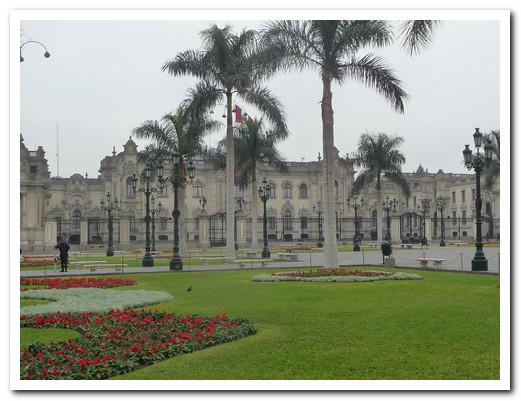
The Government Palace on the Plaza de Armas
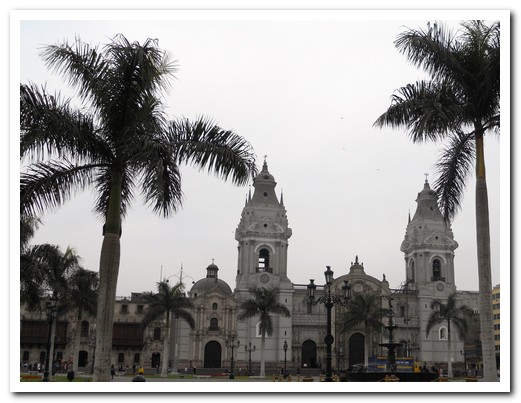
Lima´s Cathedral
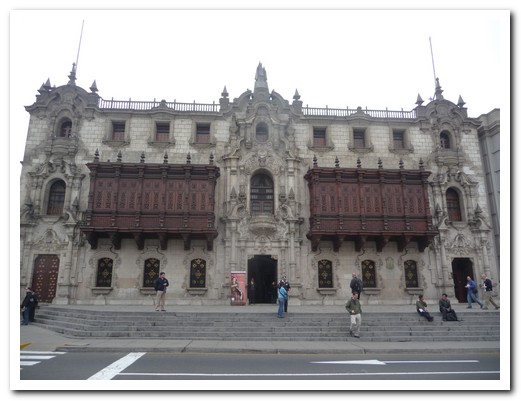
The Archbisop´s Palace
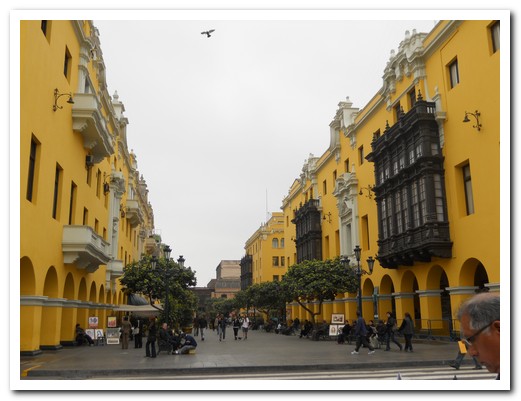
Lima downtown
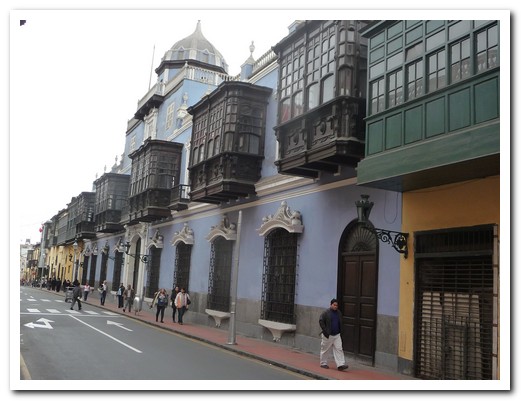
Osambela House
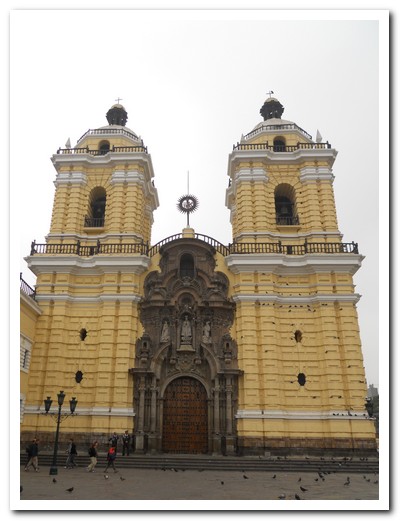
San Francisco Monastery has extensive catacombs underneath
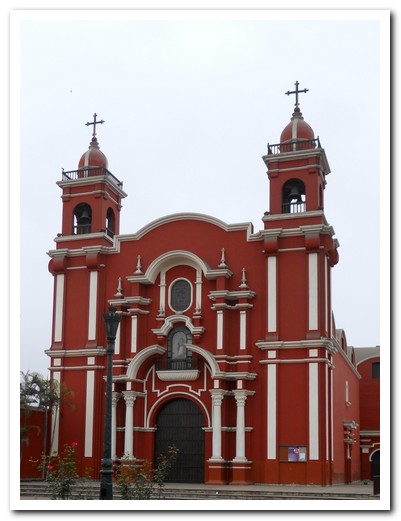
Santuario de Santa Roas de Lima
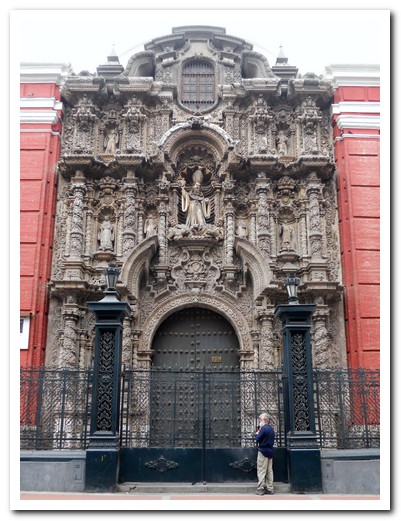
Jeff checking out the carved front of the Iglesia de San Agustin
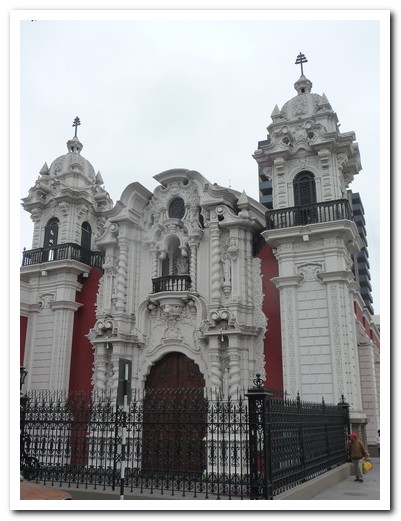
Iglesia de San Marcelo
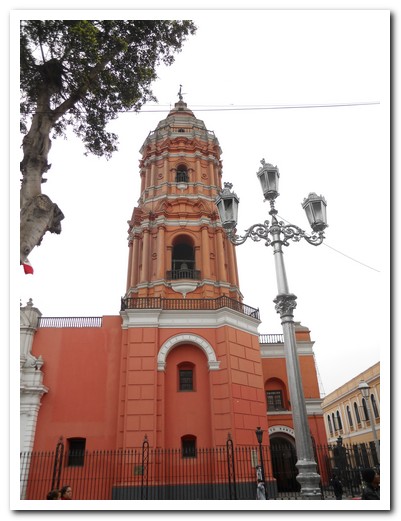
Convento de Santo Domingo
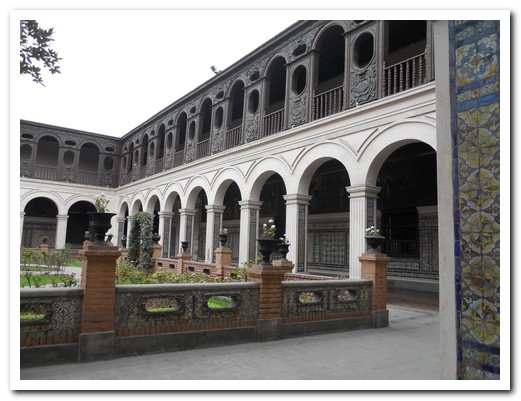
Courtyard inside the Convent features tiles from Spain (1606)
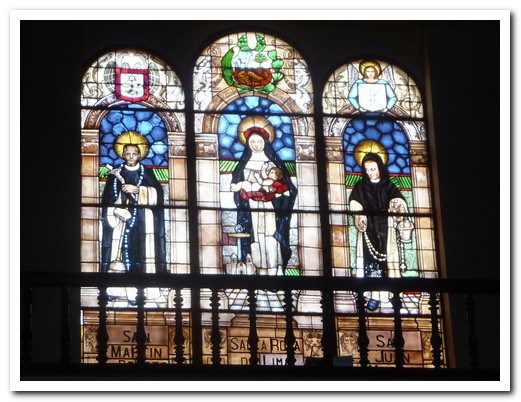
Stained glass windows of Lima´s Saints
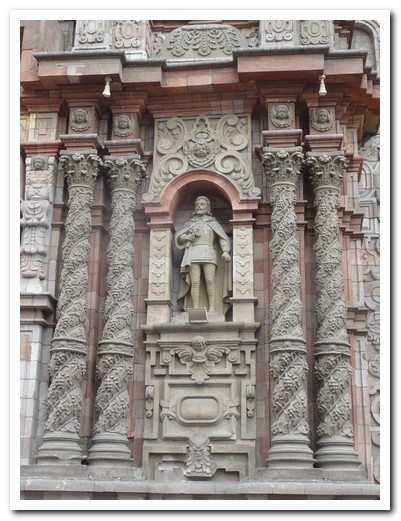
Detail of the entrance to the Iglesia de la Merced
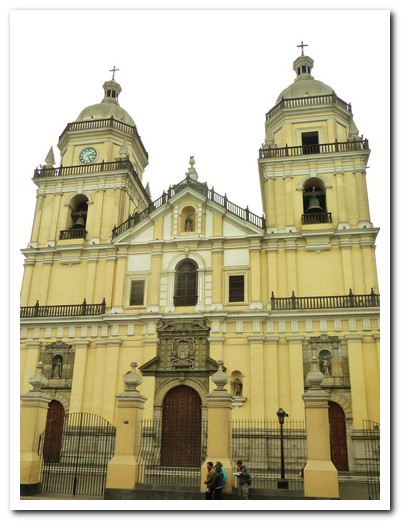
Iglesia de San Pedro
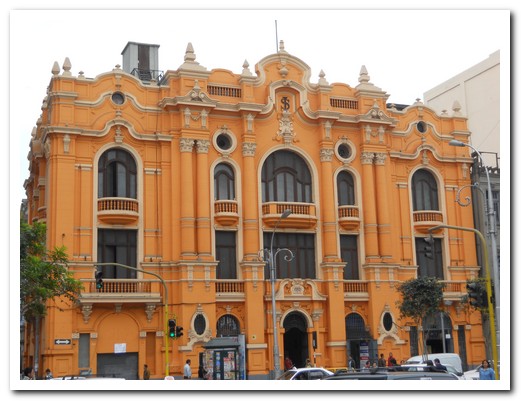
Central Lima building (19th century)
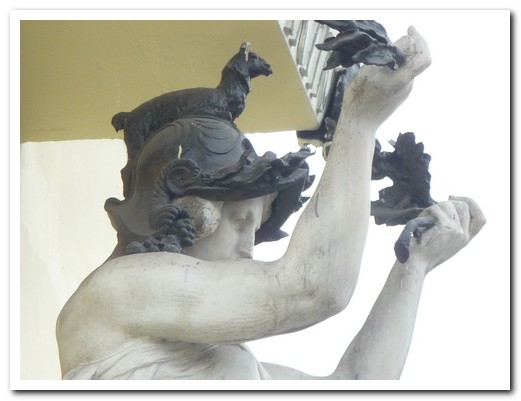
The sculptor was told to put llamas (as in flames) on her head but put llamas (as in llamas)
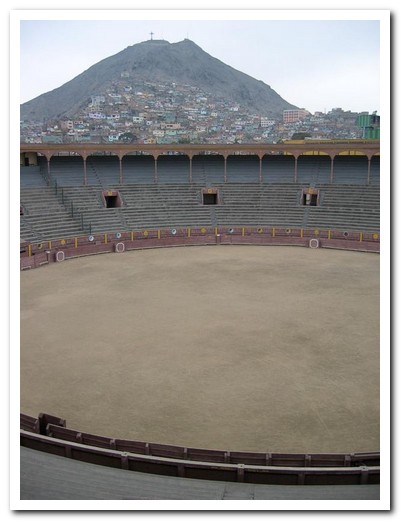
This bullring is the oldest in the Americas and still used
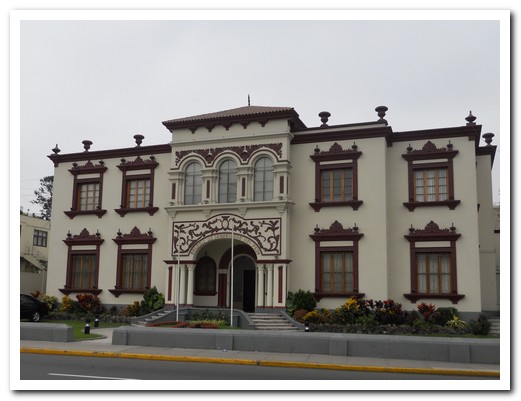
Building in Miraflores (suburb of Lima)
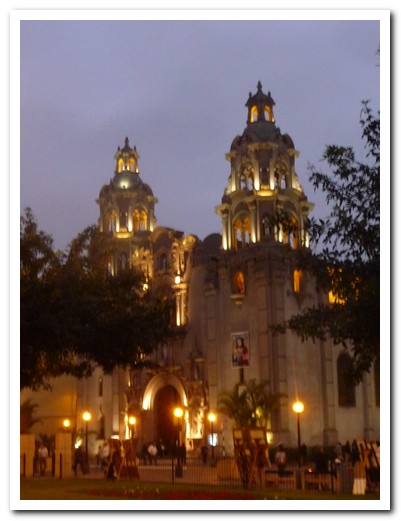
Miraflores church
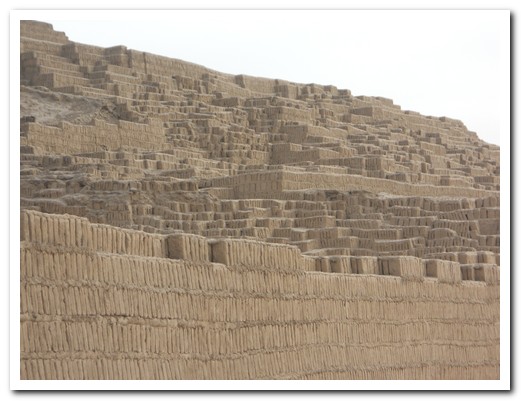
Pyramid of Huaca Pucllana
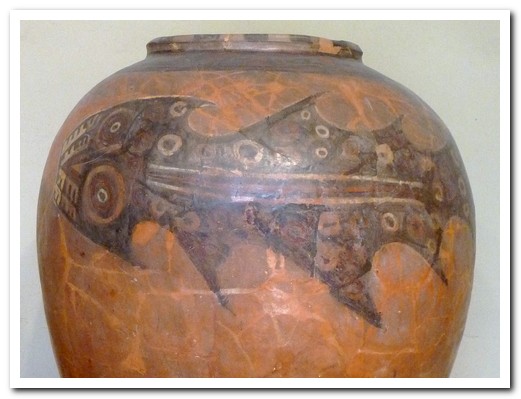
The shark was important to the pre Inca Lima people
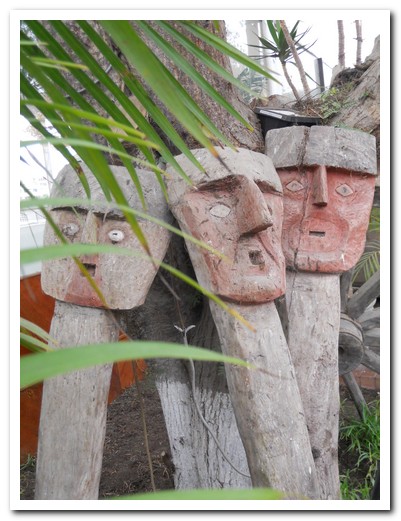
Pre Inca funeral masks
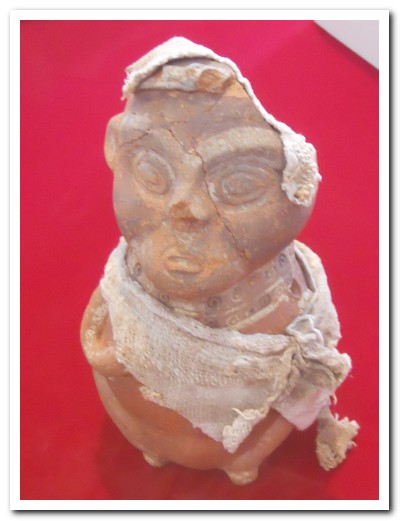
Clay figure found at the Huaca Pucllana site
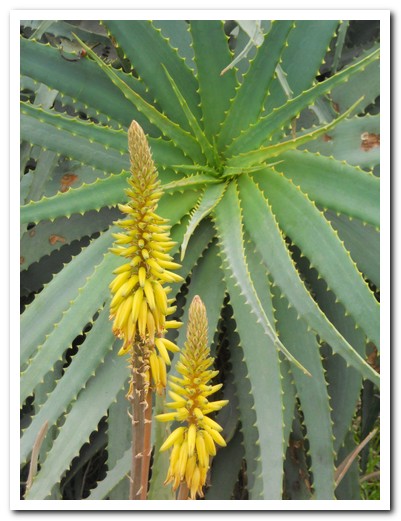
Succulents grow well in Lima´s desert climate
The whales of Puerto Madryn
08th August 2010
Unesco World Heritage Peninsula Valdés, in Argentina´s Patagonia, is one of the finest wildlife reserves in South America. From June to December, southern right whales come to the sheltered waters of Golfo Nuevo and Golfo San José to breed and bear their young. The southern right whales, so named because they were the ¨right¨ whale to kill, were facing extinction but now over 1100 visit these waters each year.
.
That is why we travelled 20 hours by bus (and back again) to Puerto Madryn. The whales did not disappoint. They can be observed from the town jetty and from other vantage points around the coast, frolicking with their newborns just metres away. To see and hear these 20 meter, 10 tonnes animals so close to the shore you can almost touch them is really something.
.
Also on the peninsula are penguins, sea lions, elephant seals and dolphins, but it was the whales we came to see.
.
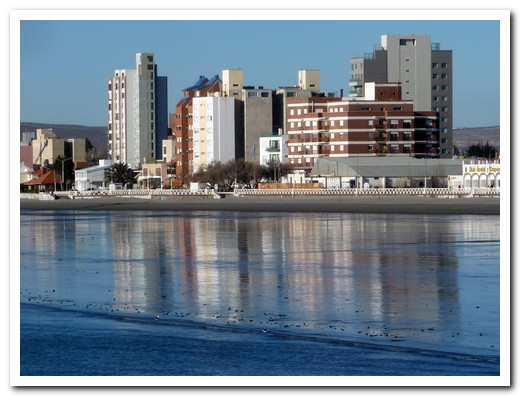
Puerto Madryn
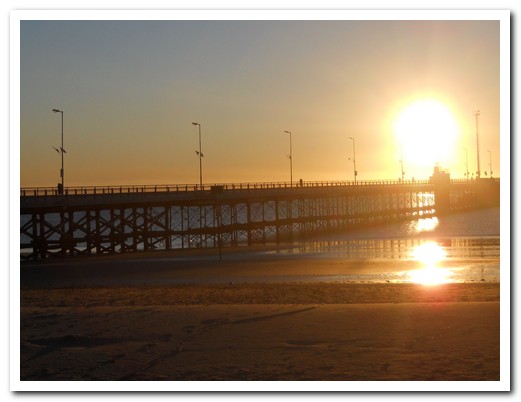
The long jetty makes a great whale viewing platform
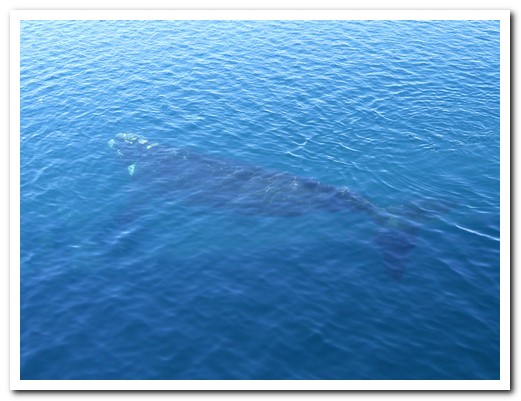
The whales come close to the jetty
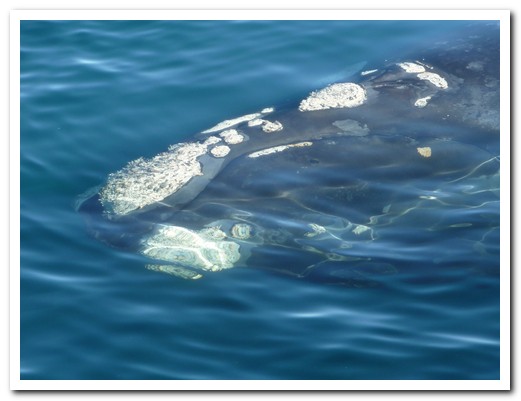
Whale surfacing in the clear water
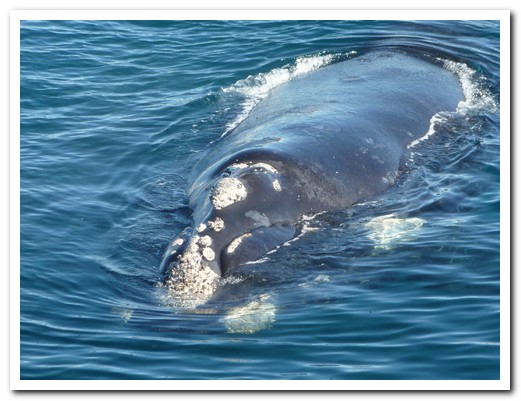
Ten tonnes of whale
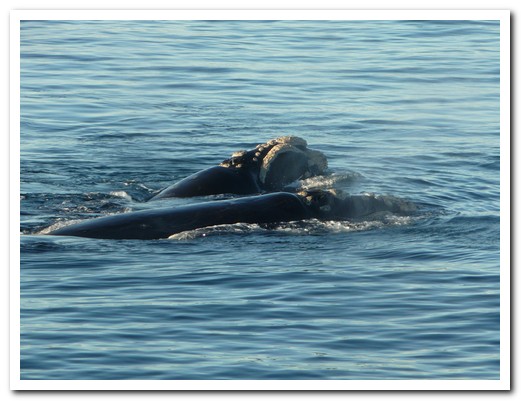
Playfull whales
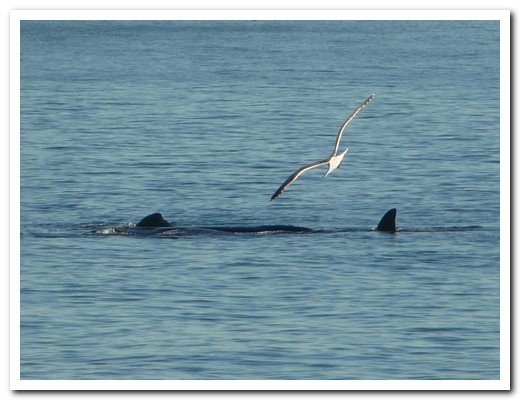
Seagulls land on their backs; the whales hate it
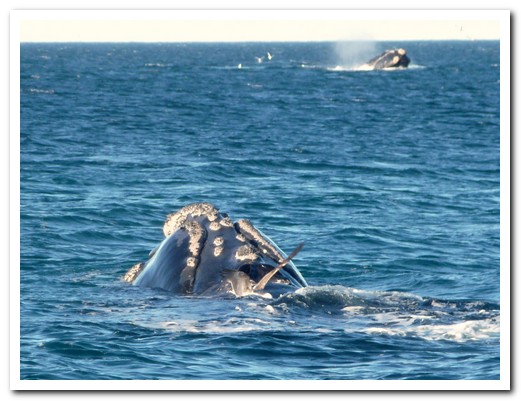
There are dozens of whales near the jetty

Whale makes a dive
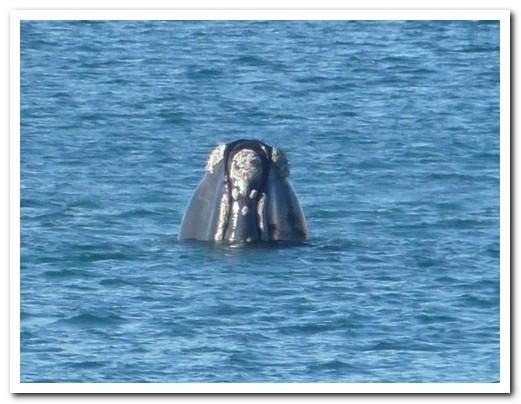
A face only a mother could love
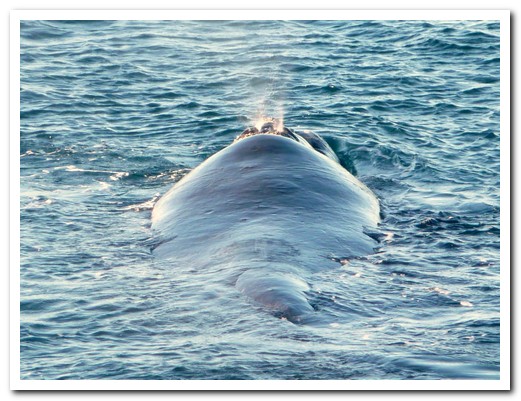
There is a load hollow noise when the whale exhales
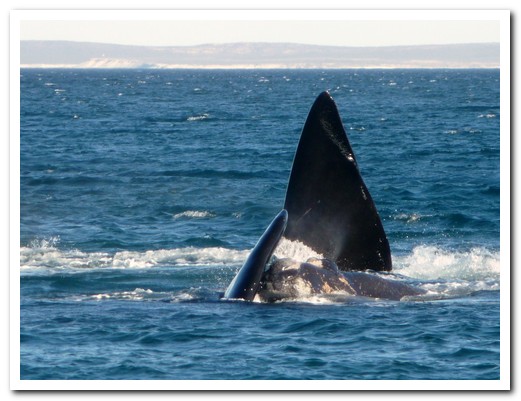
Whales showing off
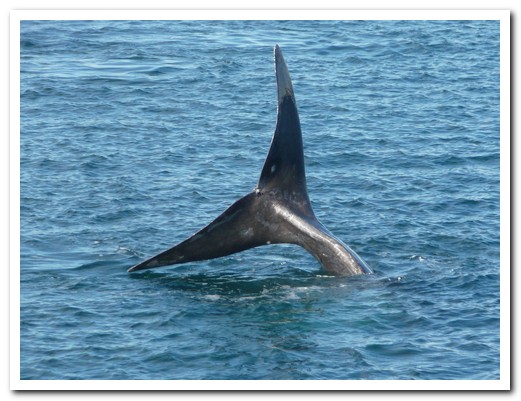
The tail gracefully sinks below the water

Seal playing under the jetty
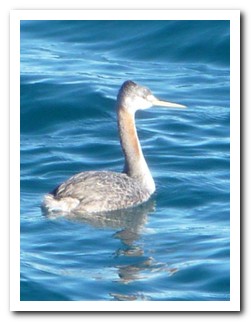

Down the River Paraná
05th August 2010
After crossing back into Argentina from Paraguay, we followed the Paraguay River south until it joined the second longest river in South America, the Paraná, near Resistencia (a big country town with big wide streets). Corrientes, across the river, has a bit more to offer in colonial buildings.
.
Continuing south we made stops in Santa Fe and Rosario. Santa Fe was originally founded in 1573 but was moved to the present site in 1653 due to constant flooding. In Rosario we finally got to taste the delicious river fish.
.
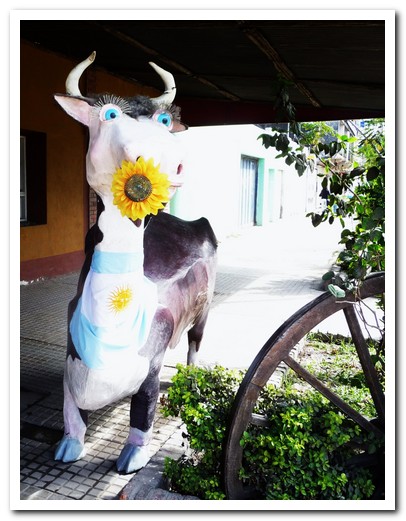
This just about sums up Resistencia
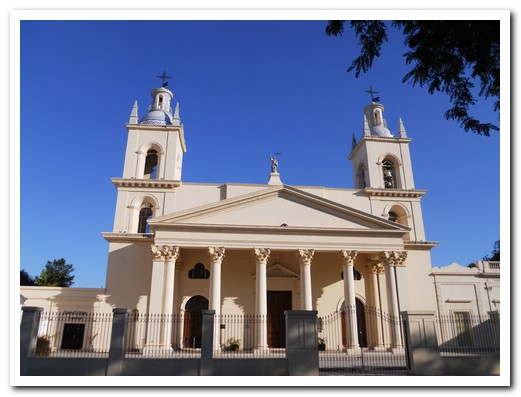
Church at Corrientes
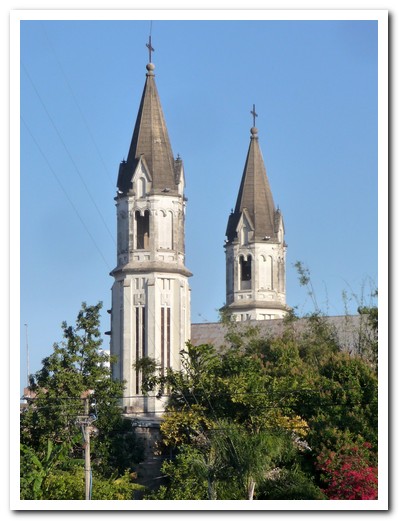
Church of San Francisco at Corrientes
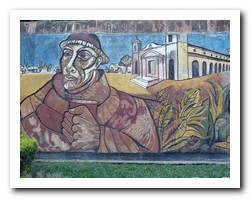
Murals ...
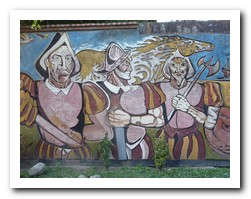
... tell the history of Corrientes

Indigenous face adorns this building
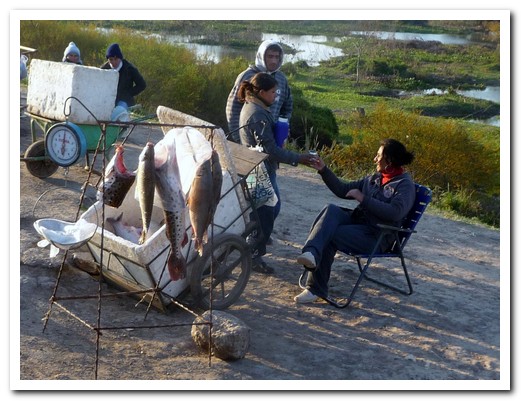
River fish are sold beside the road
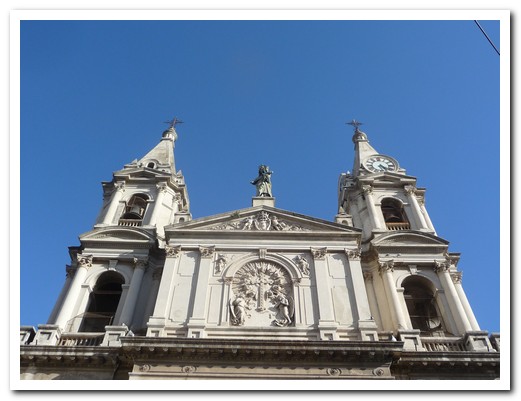
Cathedral at Santa Fe

Jesuit Church at Santa Fe from 1640
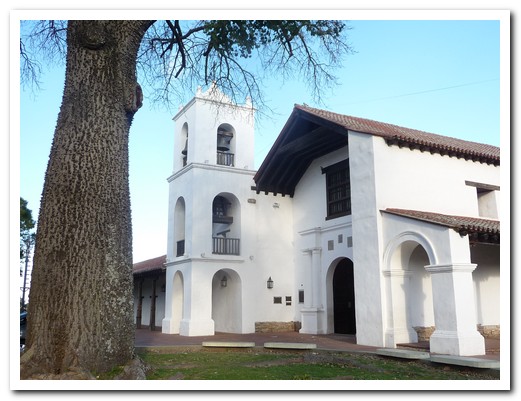
Convent of San Francisco in Santa Fe from 1683
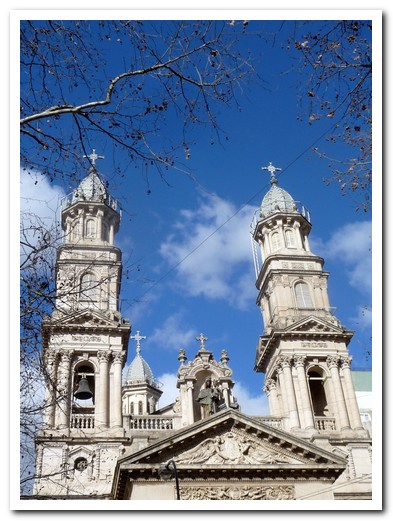
Church at Rosario

Rosario street cafe
Paraguay
01st August 2010
 Across the River Paraná from Posadas in Argentina is the Paraguayan city of Encarnación. Nearby the ruins of 2 of the 8 Jesuit missions established in Paraguay, Trinidad del Paraná and Jesús de Tavarangue, are both deserving of their Unesco World Heritage status.
Across the River Paraná from Posadas in Argentina is the Paraguayan city of Encarnación. Nearby the ruins of 2 of the 8 Jesuit missions established in Paraguay, Trinidad del Paraná and Jesús de Tavarangue, are both deserving of their Unesco World Heritage status.
.
Paraguay is a small poor country surrounded by Brazil, Bolivia and Argentina. Guaraní, the language of the original inhabitants is still spoken along with Spanish. Chipa sellers are everywhere, even on the buses. We devoured many of these dense, odd shaped rolls, made from manioc flour, eggs and cheese, kept warm in a cloth covered basket.
.
The capital, Ascunción has seen better days. Colonia Nueva Australia, southeast of Ascunción, was founded in 1893 by a group of Australians led by William Lane as the world´s first communist settlement. We didn´t get there.
.

The remains of the Jesuit church at Trinidad de Paraná
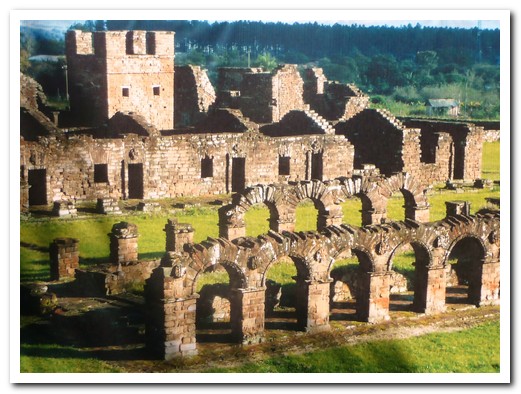
Trinidad is the best preserved/restored of the Jesuit Missions
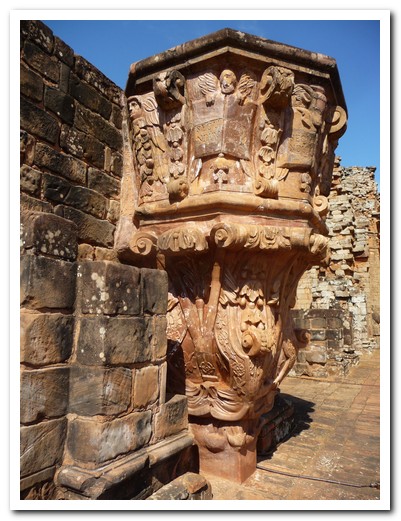
The pulpit at Trinidad
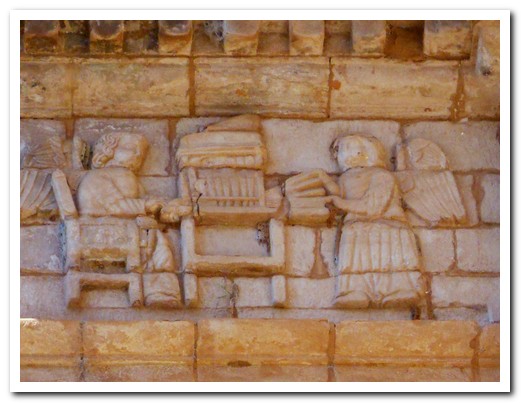
Carved figures ...
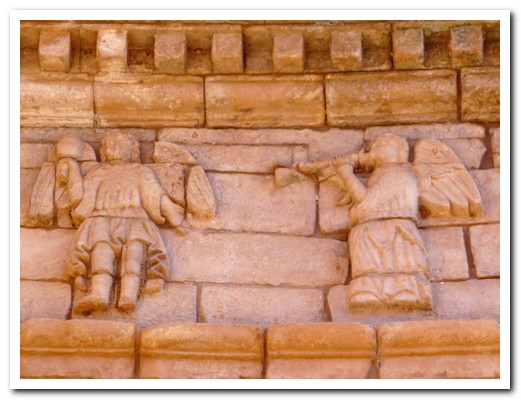
... of angels playing musical instruments ...
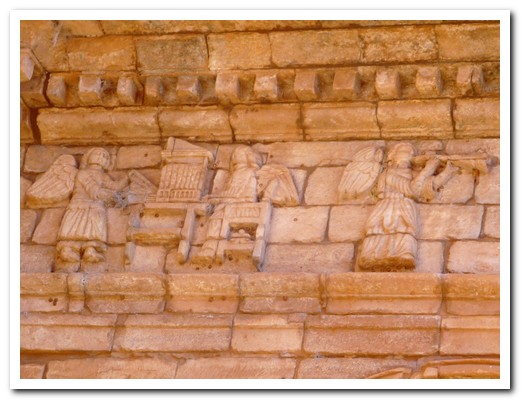
... adorn the walls of Trindidad´s church
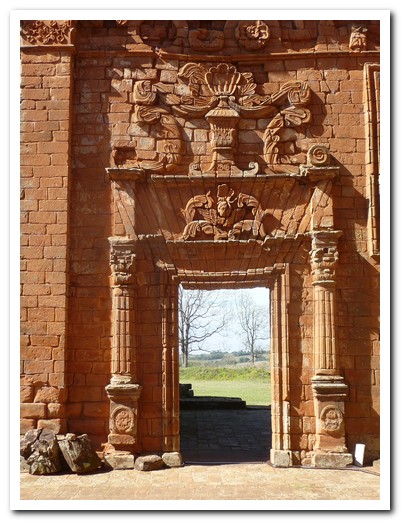
Doorway at the church
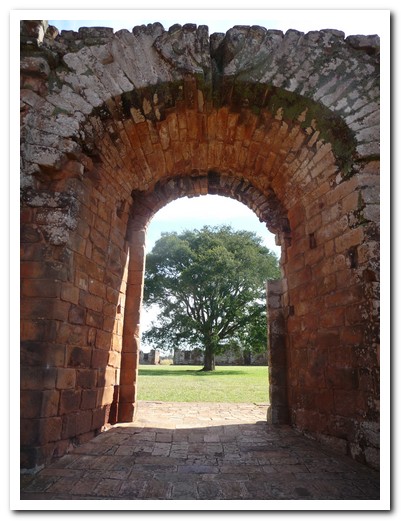
The church walls were 2 meters thick
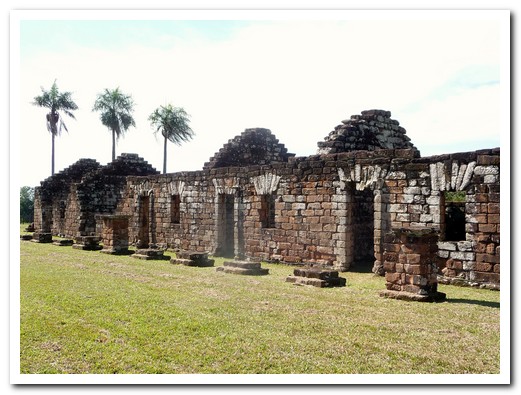
Housing for the indigenous
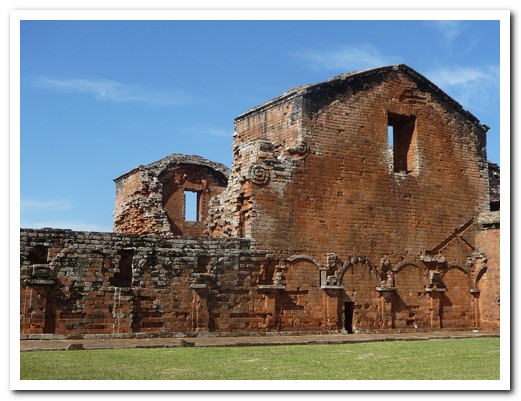
Outside of the church at Trinidad

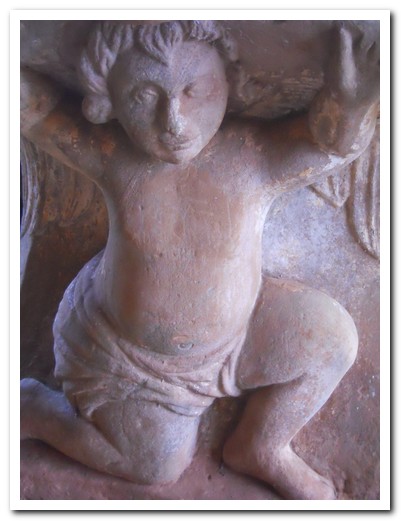
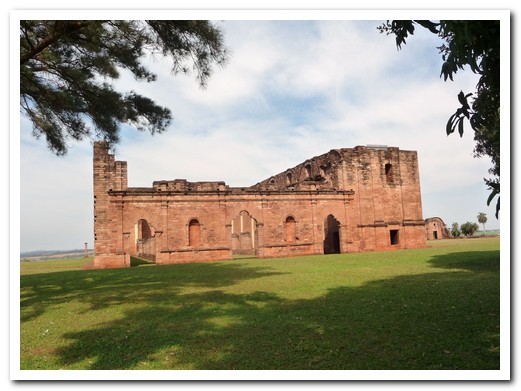
The church at Jesús de Tavarangue was not completed before the 1767 Jesuit expulsion
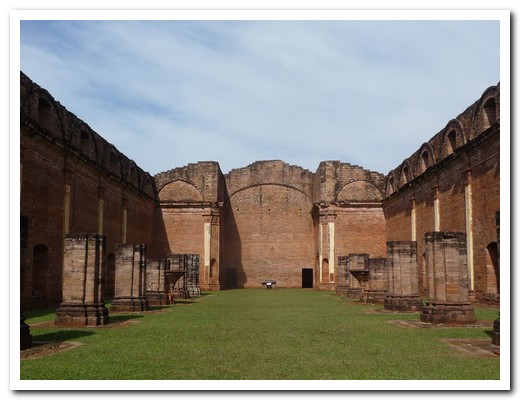
Inside the church at Jesús
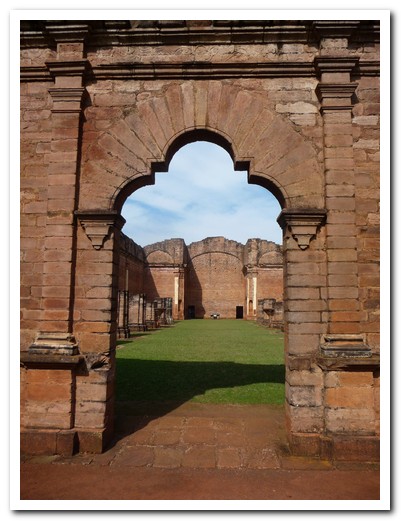
Doorway shows Spain´s moorish history
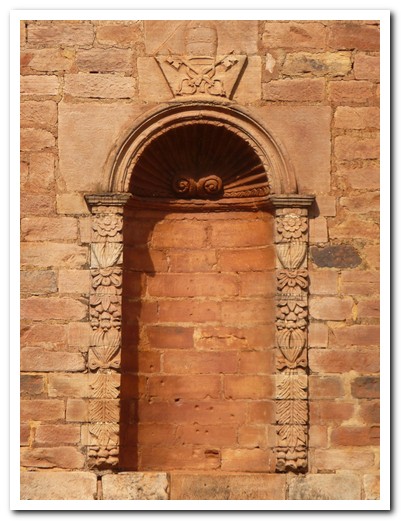
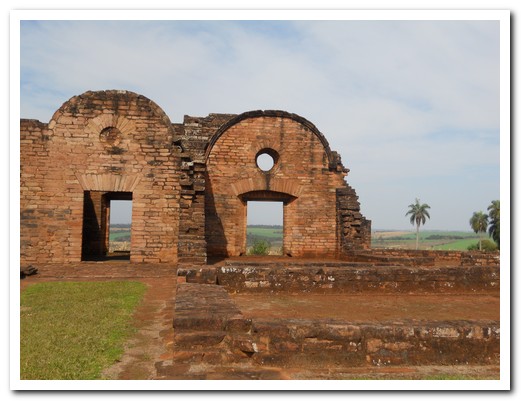
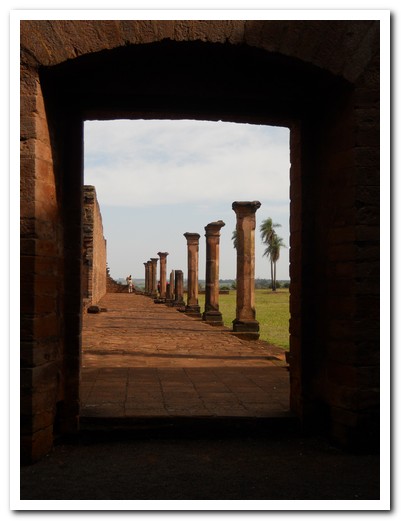
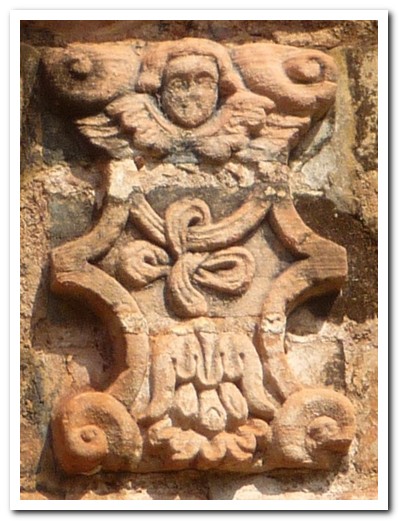

A taxi in Paraguay

Chipa seller at the Encarnación bus station

The President lives here in downtown Asunción ...
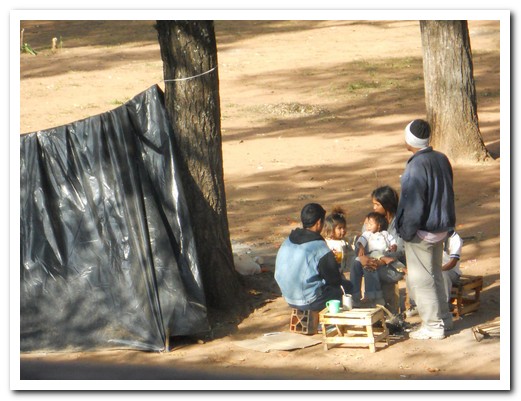
... meanwhile 5 blocks away, in one of the central plazas, people live like this
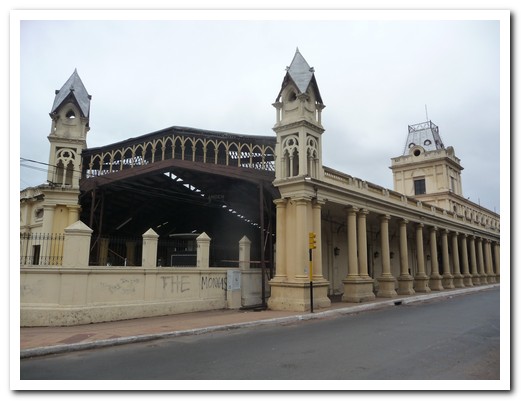
Asunción´s former railway station
